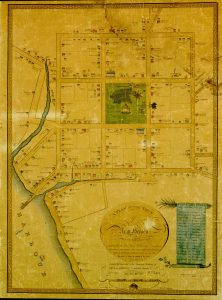
By Benjamin Kraft and Casey Anderson
The conventional story about development and displacement goes something like this: new luxury housing gets built in a neighborhood, driving up rents for existing residents who then must leave to find less expensive housing elsewhere. To be sure, displacement does happen and it can be a serious problem, but our Neighborhood Change research shows that this conventional story of displacement doesn’t correspond to what is happening in Montgomery County. Specifically, the study shows that displacement of lower-income residents is not inevitable, and that where it occurs is not driven by new housing development. In fact, displacement is associated with the failure to build new housing in neighborhoods experiencing an increase in demand. Our … Continue reading








